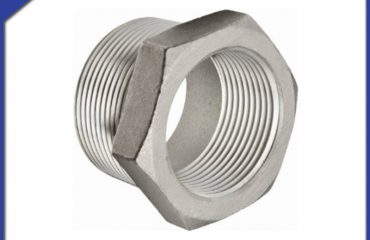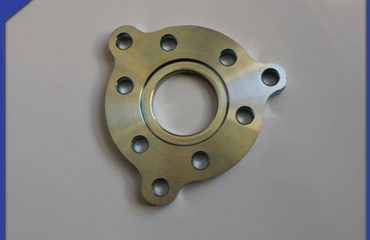
Plate flanges are flanges that are used to connect pipes, valves, pumps, and other equipment to form a piping system. They are generally flat, circular discs with a hole in the middle through which the pipe can pass. Plate flanges are commonly used in industries such as oil and gas, petrochemical, water treatment, and power generation.
One of the main advantages of plate flanges is their versatility. They can be used with a wide range of pipe sizes and materials, making them suitable for various applications. Plate flanges can also be easily modified or customized to meet specific requirements, such as the addition of bolt holes or groove designs.
There are several types of plate flanges, including flat plate flanges, slip-on plate flanges, and blind plate flanges. Flat plate flanges are the most basic type and are used to close the end of a pipe or to connect two pipes together. Slip-on plate flanges have a raised face around the hole to provide a smooth and flat surface for the gasket to seal against. Blind plate flanges are used to close the end of a pipe when it is not in use.
Plate flanges are typically made from materials such as carbon steel, stainless steel, and alloy steel. The choice of material depends on the specific application and the properties required, such as strength, corrosion resistance, and temperature resistance. Carbon steel plate flanges are commonly used in general-purpose applications, while stainless steel plate flanges are preferred for their corrosion resistance. Alloy steel plate flanges are used in applications requiring higher strength and toughness.
The manufacturing process of plate flanges involves cutting a circular disc from a steel plate and then machining the hole in the center. The flange is then shaped, drilled with bolt holes, and finished to meet the required specifications. The dimensions and tolerances of plate flanges are standardized according to industry standards such as ASME B16.5 and EN 1092.
Plate flanges are typically connected to pipes using bolts and nuts. The number and size of the bolts depend on the size and pressure rating of the flange. Gaskets are used between the flange faces to provide a seal and prevent leakage. The type of gasket used depends on the fluid or gas being transported and the temperature and pressure conditions.
Plate flanges are commonly used for applications where there is low pressure or no pressure, as they are not designed to withstand high pressures. They are also not suitable for applications where frequent dismantling is required, as the flange needs to be completely removed to disconnect the pipe. For such applications, other types of flanges, such as threaded flanges or socket weld flanges, may be more suitable.
In conclusion, plate flanges are important components in piping systems that connect pipes, valves, and equipment. They are versatile, customizable, and available in various types and materials. Plate flanges provide a secure and leak-proof connection when properly installed and maintained.
 Language
Language Espanol
Espanol English
English Italian
Italian عربى
عربى
 Skype: chinamaker99
Skype: chinamaker99  Tel: 86-316-5120812
Tel: 86-316-5120812 Email:
Email:  Whatsapp:
Whatsapp: 
